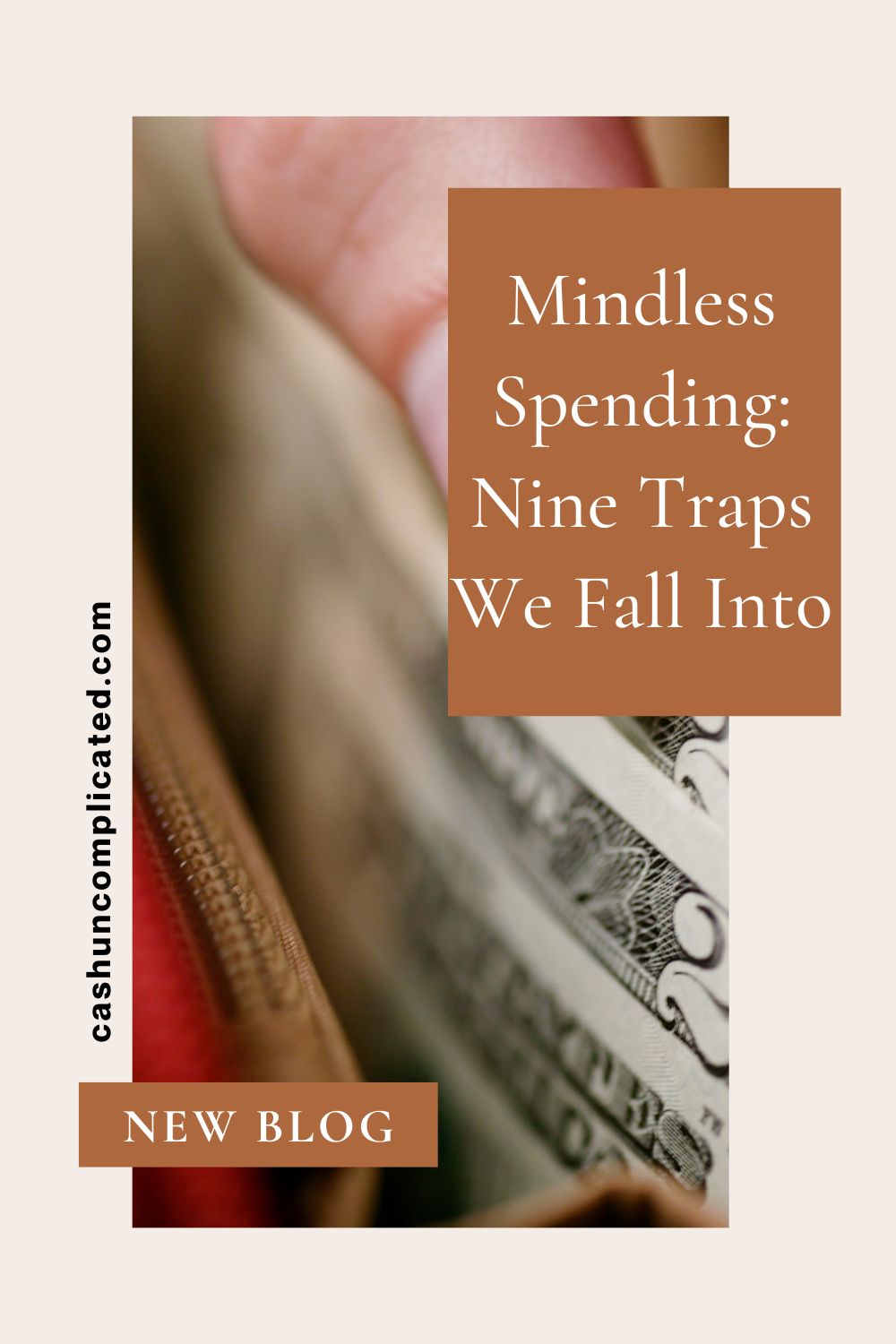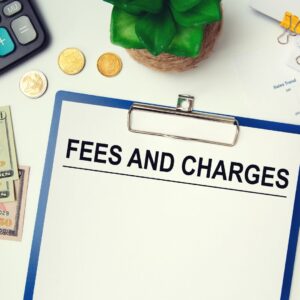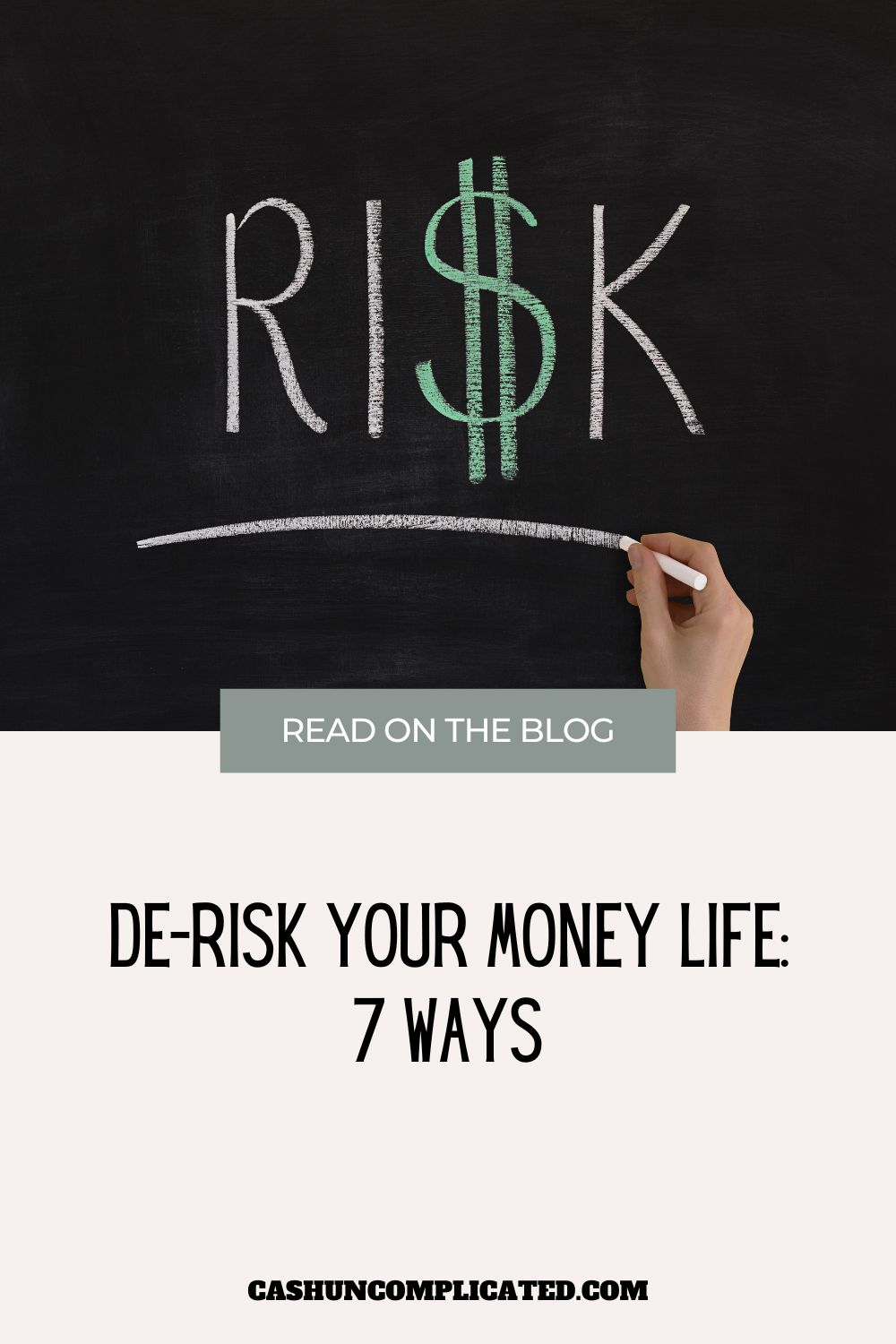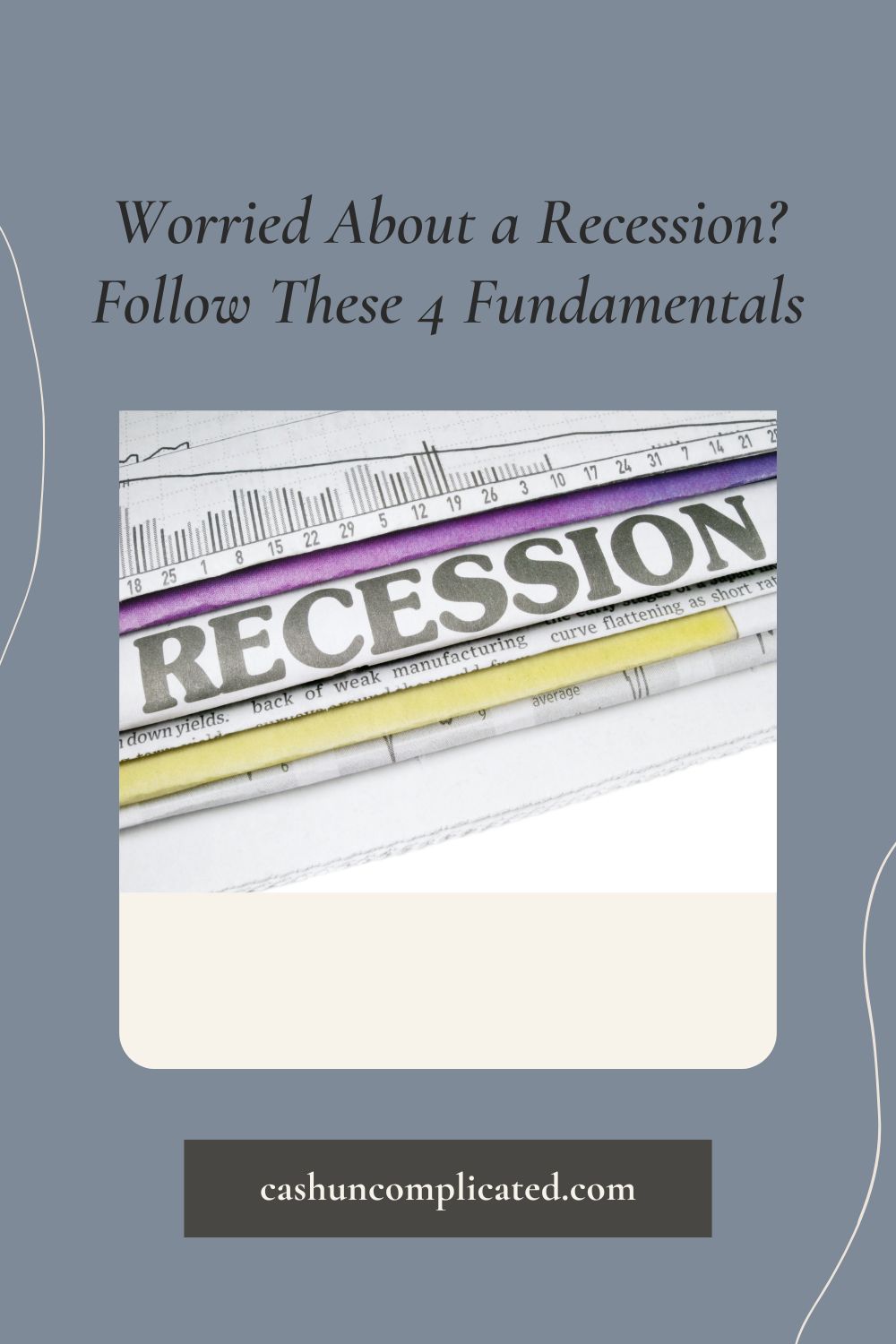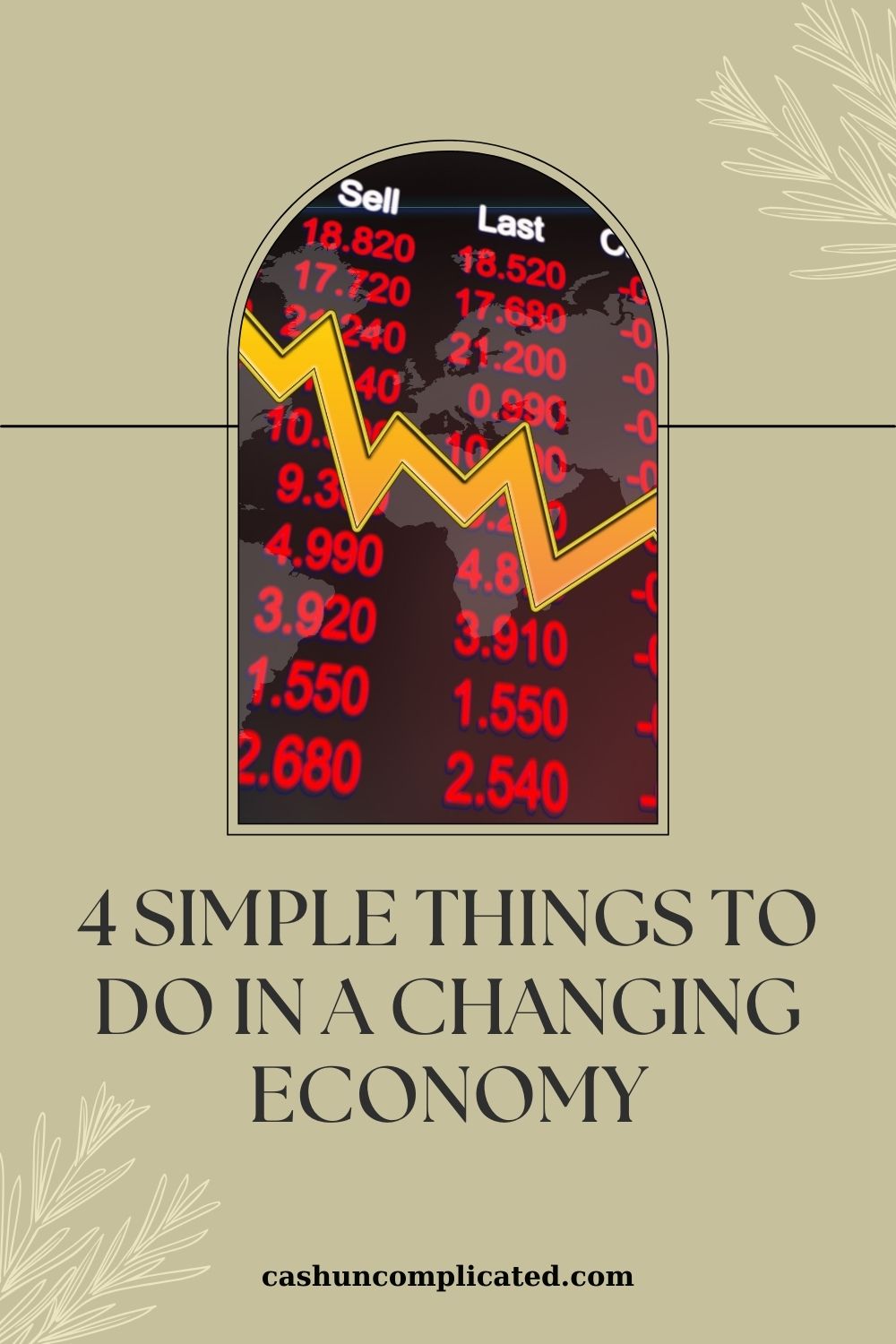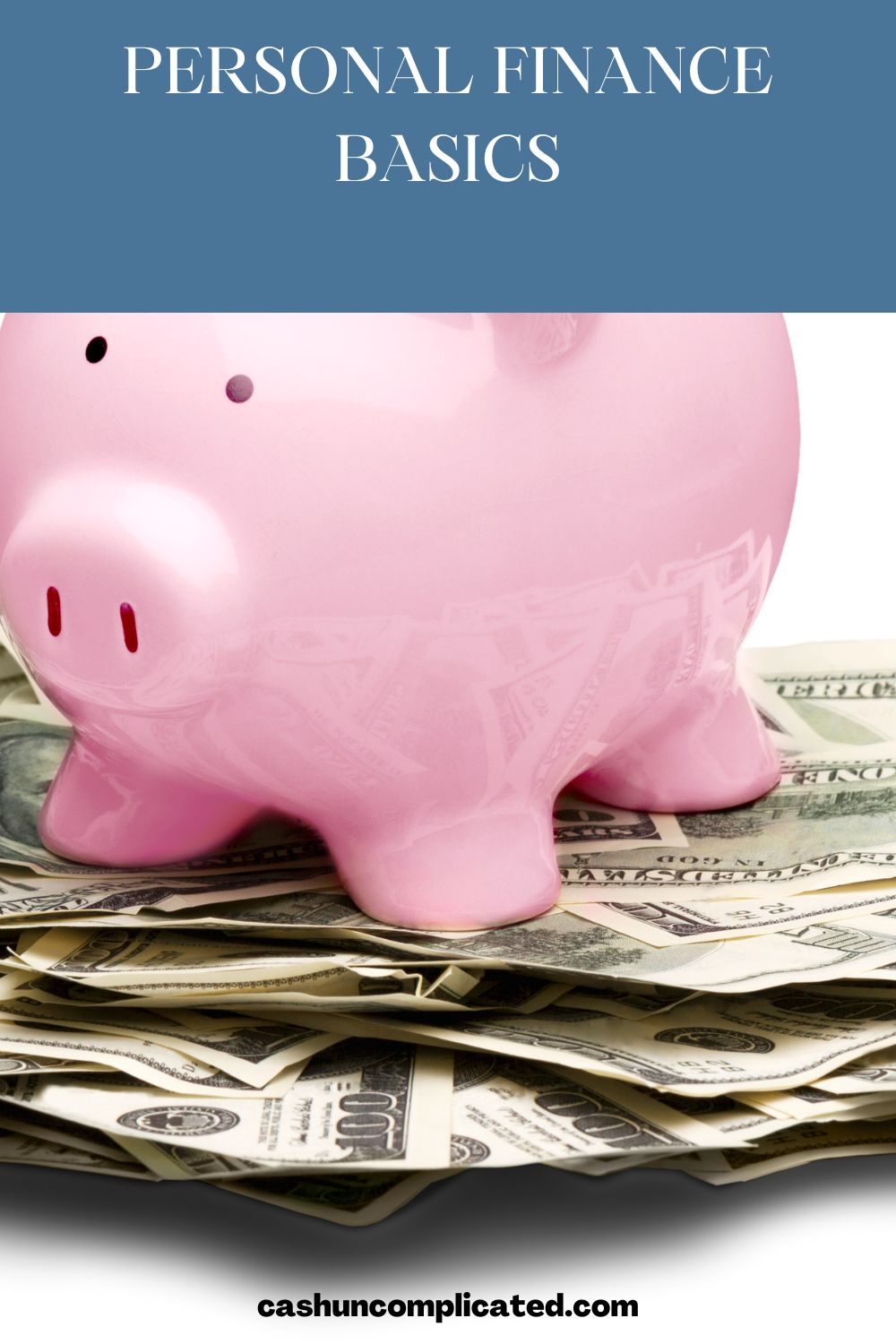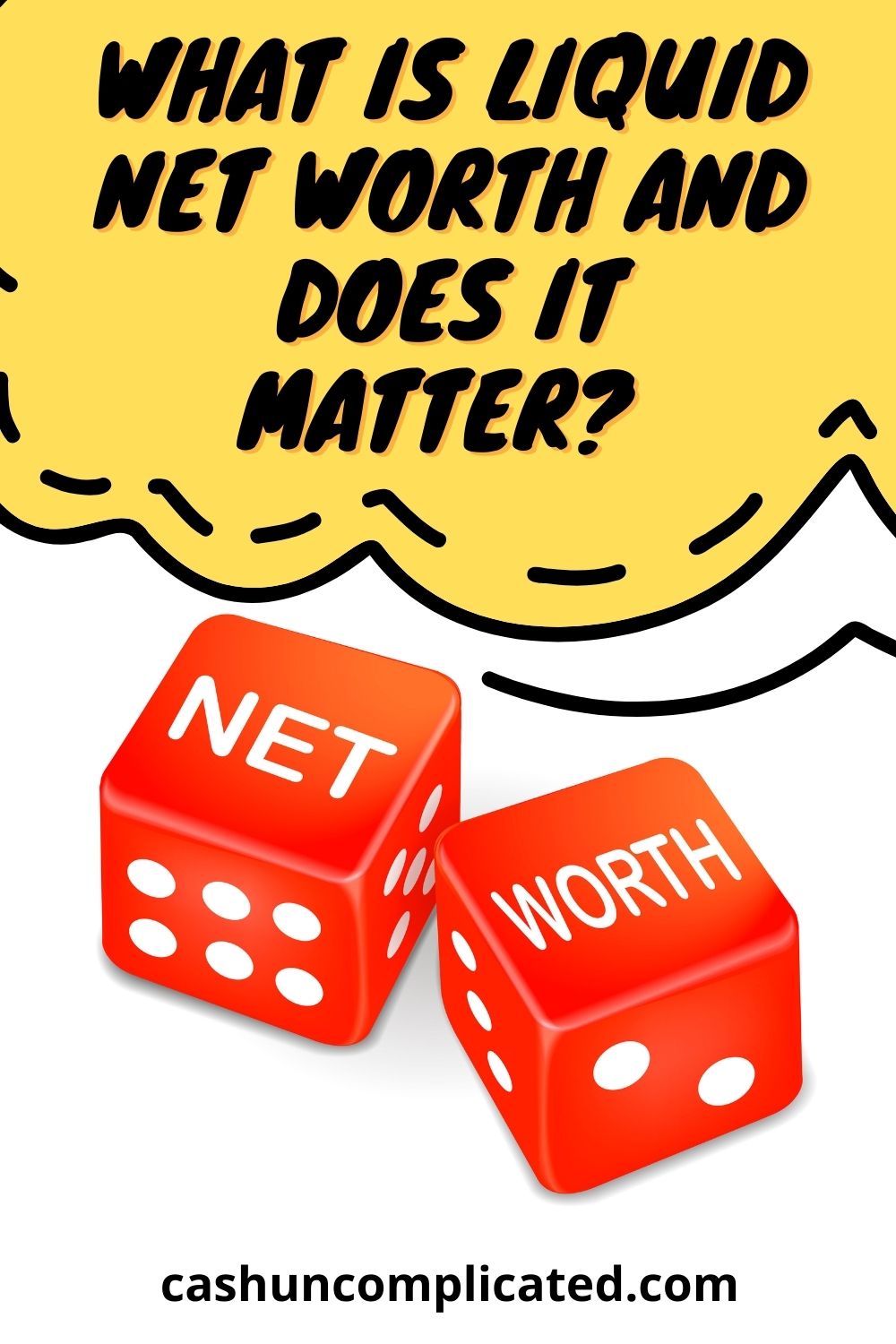Mindless spending is a subject I unfortunately know a lot about. I say unfortunately because my knowledge came at a hefty price. It wouldn’t be an exaggeration to say I used to engage in mindless spending on a daily basis.
What is Mindless Spending?
Before we go too much further, it’s important to address what mindless spending is. There’s no thought or intentionality to mindless spending. It’s spending money on autopilot.
It’s one of those things at the end of the month where you wonder where all your money went. Another way to look at it is spending money on the same things you spent on yesterday, the week before, and the month before. Not because it’s particularly useful, but more out of habit and coasting on autopilot.
Why Do People Engage in Mindless Spending?
Everyone gets busy. There are demands at work, picking up the kids from practices, going out with friends, and the everyday routines of life. It’s easy to just coast and not be intentional about money.
Spend on the same things day after day, week after week, month after month. The months add up to years, and the years add up to decades without much changing. It’s an easy trap to fall into if you’re not paying attention.
Negative Effects of Mindless Spending
There are a lot of negative effects to mindless spending. Put simply, a mindless spender is wasting money on things they don’t want or need. That money could easily be invested or spent on things you really want. There are myriad other negative effects including:
- Getting into debt to pay for things you don’t want or need
- Wasting money on things that don’t improve your life
- Delaying financial freedom by multiple years or decades
- Staying in the rat race without even realizing why
Mindless Spending Traps
On to the focus of the rest of the post: mindless spending traps. There are probably hundreds of traps out there, here are my 10 to look out for.
Number 1: Coffee and Breakfast
Coffee is one of the most polarizing personal finance clichés. One camp says cutting out coffee and investing the difference is worth hundreds of thousands of dollars, if not a million. Others say to enjoy your coffee and just make more money so you don’t need to worry about little things like coffee.
My stance comes back to mindless spending. If you are stopping by to get coffee and/or breakfast every morning simply out of habit, and not enjoyment– then it’s mindless spending. And that habit should be stopped and a new habit like making your coffee at home should be formed.
But if you absolutely love your morning coffee and breakfast at the local café, keep getting it. It’s not necessarily the coffee and breakfast that should be cut out, it’s mindlessly spending on the things that don’t bring you joy.
Related: Brewing Your Own Coffee: Will it Really Make You a Millionaire?
Number 2: Lunch
Number two on the list of mindless spending is lunch. Just like the morning coffee and breakfast, going out to lunch for many people is simply habit. They’re going out because they did it yesterday, the day before, and the months before that.
It’s easy to go through a busy day at work and order lunch or go out for a quick bite without giving it a second thought. People get occupied during the day and saving money at lunch isn’t always at the top of the list.
A great way to overcome this is by being intentional away from working hours. Spend some time at the store getting good food that you’ll enjoy at work. Or pack up leftovers from dinner and set that it aside for work the next day. That way you won’t have to think about it at work when you’re engulfed in the busyness of the day.
Related: Can Packing Your Lunch Make You a Millionaire?
Number 3: Snacks
Think about your typical workday in the last couple months. How many times have you stepped out of the office late afternoon to grab a snack? Did you really want a specific snack or did you want a break from work?
If you are really wanting to break this habit, here are two suggestions, one for each reason:
All that you want is a break: Take a walk around the building or area around your office to get outside and stretch your legs out.
You really do want a snack: Go to the store and grab healthy snacks you like. Put some in your desk or pack a few in your lunch. That way you always have something available and won’t have the temptation to spend double or triple the price at the vending machine, food truck, or convenience store.
Number 4: Subscriptions
You see something online that looks good. It’s only five dollars a month so you sign up for the subscription. That in itself isn’t the problem.
Here’s the problem. Not only did you sign up for the five-dollar month subscription, but you also signed up for ten other subscriptions you don’t ever use or need. It’s not uncommon for someone to have hundreds of dollars per month going to unused subscriptions.
There are a couple issues at play with subscriptions. The first relates to mindless spending in that you see the shiny object and decide to get it. That purchase is the mindless spending. Looks good, so get it without thinking twice.
The second issue is that a large percentage of people forget that they even have the subscription. So not only was their mindless spending, but then it’s forgotten so the bill comes due every month without any benefit.
That’s why I go through my bills on a regular basis. Not only does it help identify any suspicious purchases, but it also spots unused monthly subscriptions. If you haven’t done it in a while, go through subscriptions and get rid of the ones you don’t want or need anymore.
Number 5: Online Shopping
How many of you have been in this scenario. You had a long day at work, come home for dinner, and then start looking at things online. The next thing you know, you’ve made a couple purchases that you really didn’t need or intend to buy.
This is mindless spending at its finest. Which isn’t necessarily harmful if done a couple times a year, but many people fall into the trap of doing it multiple times a week. $30 here and $55 there don’t seem like a big deal–but over the course of the month, they add up to a few hundred dollars.
Over the year, it adds up to even larger sums, oftentimes in the thousands. Even tens of thousands for some.
A good rule of thumb I’ve heard from various people is to implement a 24 or 48-hour rule. Basically, the rule is to wait 24 or 48 hours before making a purchase that’s not a necessity. If you still want it (or need it) after that time period, make the purchase. If you don’t, then don’t make the purchase.
Number 6: Takeout
It’s really easy to engage in mindless spending by ordering takeout. It’s such an easy trap to fall into: long day at work, taking kids to and from practice, trying to find time to go to the gym, and dinner isn’t there.
The easy thing to do is order takeout. Food is obviously a necessity so it’s also easy to rationalize ordering takeout.
If you want to order less takeout, or eliminate it altogether, the easiest way to defeat this kind of mindless spending is by planning ahead. Such as:
- Making a surplus amount of chicken for the week and using it for salads, over rice, pasta, etc.
- Making extra food and having leftovers a couple nights per week
- Meal planning
- Keeping quick and healthy meals in reserve for the nights you don’t feel like cooking
I’m not suggesting to eliminate takeout altogether. What I am suggesting is to minimize takeout when you would equally prefer a quick meal prepared at home.
Related: 6 Easy Lunch Ideas to Save You Money
Number 7: Rent
Housing is of course a necessity, but let me explain how rent can qualify as mindless spending. Rent is fluid depending on your current situation. Just because you lived somewhere last year doesn’t mean you need to live there again.
Let me give an example to illustrate my point. Suppose you got a good deal on a one-bedroom apartment four years ago for $1,200/month. It was a good deal at the time, but the rent has been rising in higher increments than other apartments in the area. It’s now $1,700 where other comparable apartments in the area are $1,400 or $1,500.
It’s a pain to move, but if there are better deals out there for a similar product, it makes sense to look at those options. Mindlessly signing a new lease every year without looking at other options could be leaving money on the table.
It might be that your current living situation is a really good fit–both financially and lifestyle wise. But if things have changed, and there are better options available, it’s important to take advantage of new opportunities.
Number 8: Cars
There’s an assumption that to have reliable transportation, you need a really expensive car. Maybe it’s the ads or the way car companies market to us. It’s just not true though.
Of course this is within reason. Someone purchasing a vehicle for a couple hundred dollars probably isn’t going to have the most reliable vehicle (I know this from experience by the way).
A $15,000 car is likely to be much more reliable than a $500 car. But is a $30,000 car going to be that much more reliable than a $15,000 vehicle? Yes, it’s probably going to be a better vehicle, but is it worth double the price?
This is where it’s easy to fall into the trap of mindless spending with cars. People get an idea that safe and reliable transportation has to cost X amount. When in reality, it often costs much less.
A little research and asking around can help avoid or at least minimize this type of mindless spending. There’s an abundance of information online available regarding cars, including reviews of cars, cost to operate, fuel efficiency, etc. A site I use (and used for my book) is Edmunds Cost of Car Ownership.
Number 9: Added Fees
Next on this list is what I refer to as backdoor mindless spending. You’re not necessarily actively spending, but you are still spending. What I mean by this term is added fees, such as with:
- Banking
- Credit cards
- Loans
- Vacations
For example, I recently had a bank charge me a small fee for receiving paper statements. To be honest, I thought I had already signed up for e-statements and the bank was just sending me these statements on their own.
I discovered they were also charging me a fee for this “service” I didn’t sign up for or want. When I contacted them, they refunded the few months of charges and canceled the paper statements.
If I hadn’t contacted them though, the small fees would have continued. Not that this was life-changing money, but why pay a fee of five or ten dollars if you don’t need to?
On a larger scale, there are often fees for loans that are much costlier than five dollars a month. Some of these fees can’t be avoided, but if you encounter a fee you don’t understand, ask about it.
Once you ask, you’ll either understand the fee or it might even be removed. Just make sure you are not engaging in mindless spending by accepting all fees at face value.
Conclusion
It’s easy to fall into mindless spending because of the pace we live our lives. Things happen quickly and the days turn into weeks, the weeks into months, and the months into years. It’s important to occasionally stop and pay attention to what you’re doing.
Ask yourself if there’s anything you’re spending on that you don’t need or want. Is there anything not optimized? Look for fees you weren’t even aware you were paying and stop any unused subscriptions.
The way to fight mindless spending is by stopping, paying attention, and taking action. This isn’t an exercise that needs to be done daily, but a few times a year will greatly help in this area.
What areas are you mindlessly spending in? What can you do to fix it?

